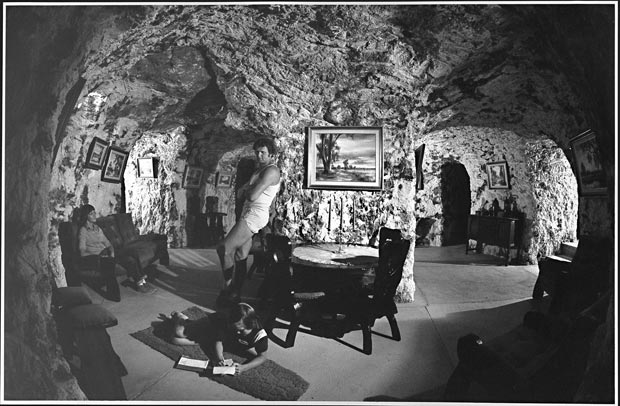Life in underground Australia

IN 2001, HISTORIAN MICHAEL McKernan gave tours of the Department of Foreign Affairs in Canberra. The office is underground, walls adorned with bright artwork to compensate for the lack of natural light, and a television that displays the current weather above ground.
This was Michael’s first experience working underground and the subterranean environment resonated with him. The former university professor had previously written about war, politics, sport and religion, and he decided that this enduring Australian way of life must be the topic of his next investigation.
The result is the alluring and humbling Underground Australia – an historical visual narrative of the subterranean featuring hundreds of images, some over 100 years old, from the country’s best-known photographers.
Subterranean living in Australia
“The place of the underground in Australia is complex and varied – delightful for some; dirty, demanding and hazardous for others,” Michael writes in the book’s opening.
From natural caves to underground transportation systems and cellars that have hosted jazz bands and drinkers throughout the years, the book displays a variety of perspectives on Australia’s relationship with the underground.
Michael pays close attention to miners, past and present, and shows the lifestyle of these proud men and women who toil below the ground for wealth and work.
Underground Australia, published by the National Library of Australia, is available here.
RELATED STORIES

